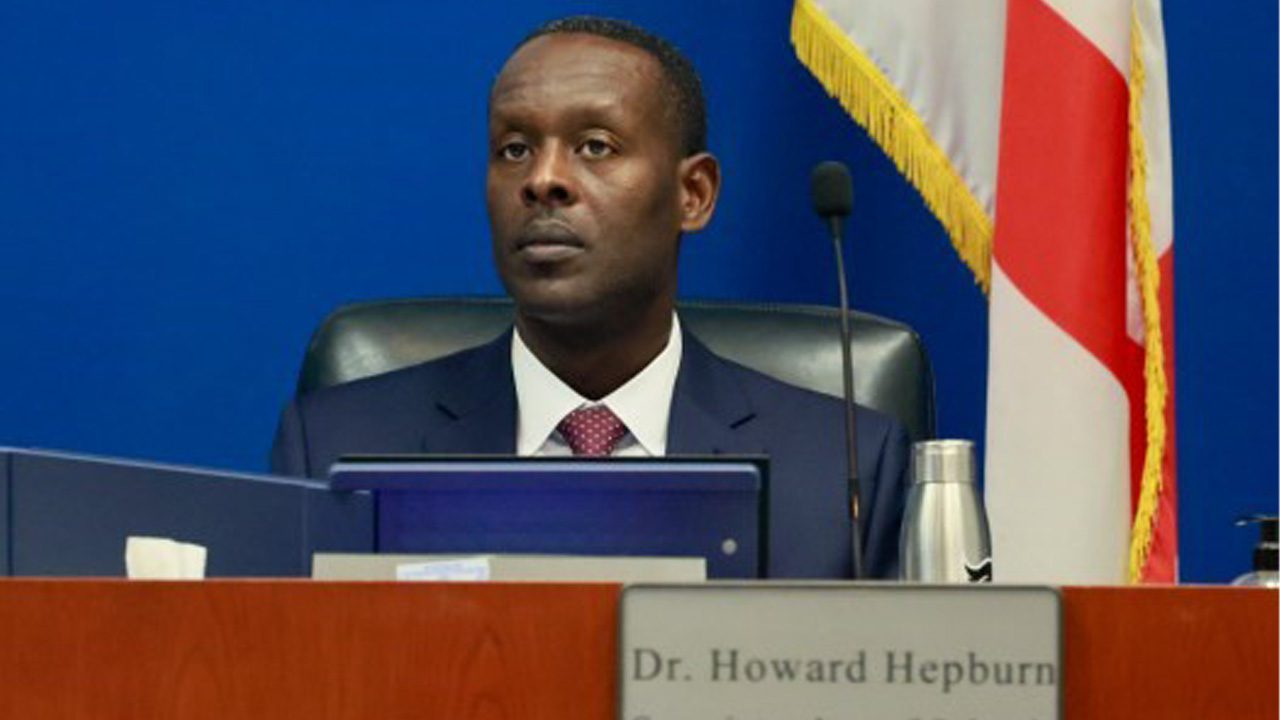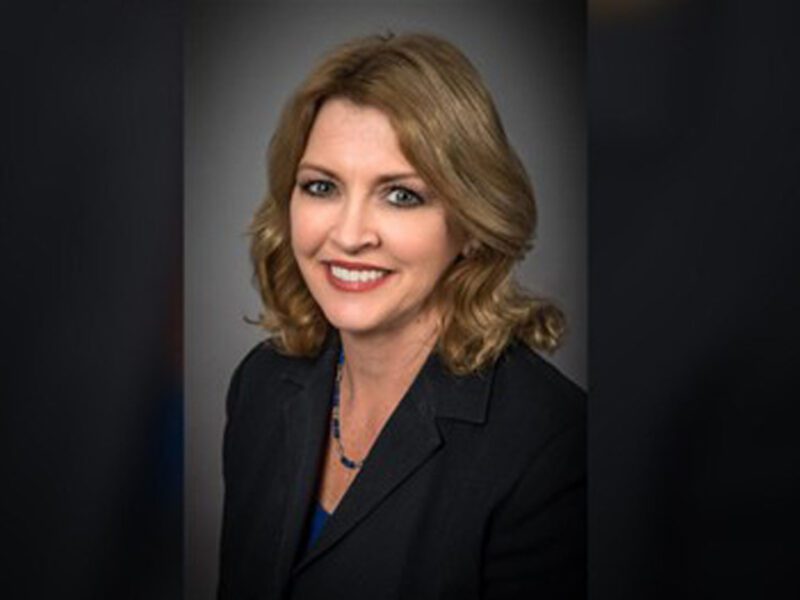
Broward school employees could pay more for health care
Sun Sentinel | By Scott Travis | June 26, 2024
Broward school employees could soon get raises that come with a catch — higher costs for health insurance.
School Board members say they would like to give employees raises that average about 5% but have no money in the budget right now to do that. So board members asked Superintendent Howard Hepburn to propose about $100 million in potential savings that could offset that expense.
The possibilities ranged from increasing class size to reducing security staff to eliminating bussing to magnet schools. But during a workshop Tuesday, School Board members only found one they could agree on — requiring employees to contribute to their health care premiums.
Right now, the Broward School District is one of the few employers that give workers free health insurance, officials say. School district employees have co-pays for most services but do not have monthly premiums. The plan is administered by Aetna but self-funded through the school district. Costs to the district have increased from $168 million in 2016 to $235 million this year and are expected to rise another $13 million over the next year, a district document shows.
Exactly how much extra employees might pay is unclear. The School Board has discussed the idea only in closed-door session except for a brief mention in Tuesday’s meeting where they said they supported the idea.
A presentation for Tuesday’s workshop showed the proposal could save the district $24.7 million but provided no details on how the district came up with that figure.
District spokesman John Sullivan did not provide any specific dollar figures.
“The estimate was based on one of the various potential models, including plan design and employee contributions,” he said. “Now that the Board has provided direction to the Superintendent, the matter has to be negotiated with labor groups before a final contribution amount is determined.”
Board member Allen Zeman told the Sun Sentinel on Wednesday the costs for employees would likely be based on how much an employee makes. A lower-paid employee might pay $300 or $400 a year, while a higher-paid employee might pay closer to $1,500, he estimated.
“It’s a real increase, but it’s only a real increase because we’re the last employer giving people health care at zero out-of-pocket expenses,” he said.
And if the district can offer a 5% pay increase, that might more than offset it.
A 5% raise would be $2,784 for an employee making an average teacher salary of $55,698.
Zeman said some employees already have health insurance through the military, a retirement plan or their spouse’s plan but are on the district’s plan as well.
“If you offer something for free, they’ll take, even if they don’t need it,” he said. “You never want to give away anything for free because people over-consume it.”
According to district figures, 23,836 employees received medical coverage and about 1,600 opted out.
Melissa Falkowski, an English teacher at Marjory Stoneman Douglas High in Parkland, said she’s skeptical about the idea.
“It’s like your paying for your own raise,” she said. “It’s hard to say whether it’s a good idea. If I’m only going to have to pay $20 a month, and my pay will increase $200 a month, then maybe it would be worth it. But it’s also difficult for me to have faith that’s going to be done.”
The district is facing a tough budget year due to declining student enrollment, the loss of a federal COVID dollars and a $108 million settlement with charter schools over how previous referendum dollars were allocated. Board members say they want to close at least five schools in 2025, but any savings from that wouldn’t happen for another year.
School Board members asked Hepburn to propose $100 million in possible cuts or savings for discussion at this week’s meeting. Hepburn came up with a list, but described them as “information for discussion” rather than recommendations.
In fact, district administrators spent much of Tuesday’s meeting trying to dissuade the School Board from approving a proposal that would cut 162 positions, including 48 instructional facilitators, 24 therapists, and 23 teacher trainers. The proposal could have saved $12.6 million.
“This would have a significant impact on the quality of service that we provide to our students that run the spectrum from special needs all the way up to our best and brightest,” Hepburn said.
Board members say they were reluctant to make those cuts. Most other proposals either didn’t get discussed or were criticized by some board members. These include:
— Reduce software purchases and renewals ($10.9 million). The district said this would impact some of the mostly widely used programs in the district for email, financial operations, payroll, human resources, purchasing and student learning.
— Eliminate transportation to magnet schools ($5 million). This would require parents to provide transportation for about 7,300 students who attend schools outside their boundaries.
— Increase class size ($25.8 million). This would raise the teacher allocation funding ratio by one additional student, which would increase class size by an average of one student per grade level.
— Reduce campus monitors ($200,000). This would eliminate any campus monitors at elementary schools that are not funded by the 2022 referendum. The district would maintain $10.6 million in referendum funding for these positions.
— Reduce literacy coaches ($9.7 million). This would eliminate literacy coaches at schools rated A or B ($9.7 million), affecting 112 of 219 total positions.
— Reduce safety officers ($5.4 million). This would limit the number of school resource officers or armed guardians to one per school, the minimum required by the state, regardless of a school’s size.
— Reduce assistant principal positions ($3.1 million). This would require elementary schools to have at least 1,200 students to get a second assistant principal, instead of the current threshold of 1,000. Smaller high schools would receive three assistant principals, instead of four.
— Reduce custodial staff ($2.6 million). The district would switch from funding 3 1/2 positions per elementary school to three, eliminating about 62 positions.
Board member Jeff Holness said few, if any, of the proposals looked realistic, saying they could impact safety, mental health, enrollment and other aspects of operations.
“I don’t know if this was meant to be comedic, but it’s apparent to me that that this is not doable based upon these suggestions that are here to get us to that $100 million,” Holness said. “I think we may need to have a different discussion on what a realistic reduction looks like as we move forward, but I don’t like my time to be wasted. It obviously cannot be done in this fashion.”
Hepburn told the board he would review other ways to save money.





